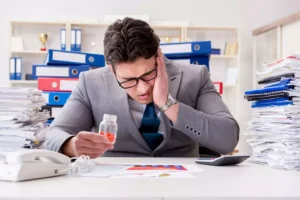
Breaking the addiction cycle is not easy, and the hardest part is usually the withdrawal period, which can last 2-3 weeks when you detox. If you have been using a hard drug for a very long time, you may even continue to experience psychological symptoms for months after quitting. Withdrawal symptoms can range from severe and uncomfortable to potentially fatal. (8) The only way to ease them is to use the drug again, throwing a person who is trying to quit into relapse. Oftentimes, when people relapse, they will binge on a drug, worsening their addiction.
At its core, addiction is a physiological and psychological need that can overpower willpower and rational thought. As individuals continue to drink alcohol over time, progressive changes may occur in the structure and function of their brains. These changes can compromise brain function and drive the transition from controlled, occasional use to chronic misuse, which can be difficult to control. The changes can endure long after a person stops consuming alcohol, and can contribute to relapse in drinking. Drug and alcohol use alters the way the brain and certain neurotransmitters function. These changes in brain chemistry create addiction, tolerance and withdrawal symptoms, marijuana addiction which all lead to cravings.
At What Points in the Addiction Cycle Is Treatment Needed?
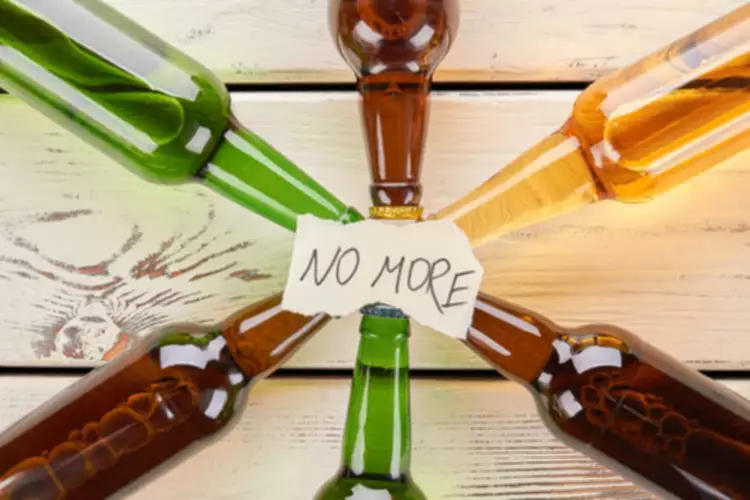
Drug tolerance refers to a situation where the body’s response to a drug diminishes over time, which can compel the user to increase the dosage to achieve the same therapeutic effect. On the other hand, drug intolerance, often confused with drug sensitivity, occurs when an individual experiences adverse effects from a drug at therapeutic or even subtherapeutic doses. This intolerance is not due to an allergic reaction, which is a more severe immune response, but rather a lower threshold for the side effects of the drug. This entails consuming larger amounts of the drug than initially intended or using the drug for extended periods. Experimentation typically involves a ‘trial’ phase, but abuse transcends this by making the drug a regular or necessary part of one’s routine. While both terms are related, they’re two distinct concepts, each representing a different stage or level of drug involvement.
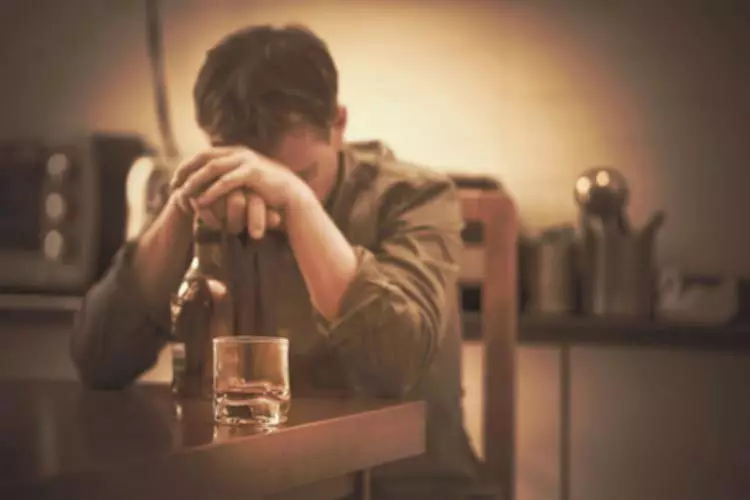
Commitment to Long-Term Sobriety
The addiction cycle typically follows five distinct stages, from initial use to eventual dependency. Nevertheless, even these risk factors won’t necessarily lead to the high-risk individual developing a substance use disorder. It’s something most people in recovery go through, yet it’s not talked about enough.
- Ongoing support is crucial for individuals recovering from substance abuse.
- Promises have been broken, hearts have been broken, and the person themselves emerges broken.
- This chemical dependence leads to tolerance and withdrawal symptoms, two of the hallmarks of substance abuse addiction that most often require a professionally monitored alcohol and drug detox.
- At this stage, the substance becomes a necessary part of daily functioning, not just a choice.
- Similarly, mental health conditions like anxiety or depression often require specialized treatment to address both addiction and mental health simultaneously.
Dependence
These statistics highlight cycle of addiction the prevalence and challenge of managing withdrawal in the recovery process. Drug cravings are a significant aspect of addiction, often presenting a formidable challenge for individuals attempting to overcome substance dependence. As defined by Maarefvand, Masoomeh et al. in their 2013 study published in the Iranian Journal of Psychiatry, drug craving is characterized as an intense urge or desire to continue using a substance. This urge is a fundamental element of addiction, frequently experienced by individuals dependent on substances. Slip-ups are usually brief and have limited consequences, making it easier to retrace your steps. Neuroscientific research provides insights into the brain changes that underpin addiction, highlighting alterations in brain systems such as reward, stress, and self-control.
- Then we need more on repeated use, just to feel a the marginal pleasure boost – and, eventually, just to feel «normal.»
- After this instant pleasure, the effects fade fast and the easily achieved exhilaration makes way for dissatisfaction and guilt.
- While the journey is challenging, each step forward is a move towards a healthier, more fulfilling life free from the constraints of addiction.
- This can happen with substances, like drugs or alcohol, but also with behaviors like excessive gaming, social media use, or binge eating.
- Even when someone recognizes their problem, stopping can feel nearly impossible without the right support.
- It often involves changes in the body’s metabolic processes or the functioning of receptors targeted by the drug.
It’s not just about wanting the substance anymore—it’s about needing it to function. But remember, this is the point where treatment can have the most profound impact. Eventually, your guilt might be strong enough to drive you to seek help and stop abusing substances. It’s important to note that it can be hard to get to this stage of the cycle, but ending substance abuse is possible if loved ones can support you and you get the help you need. Some people enter the guilt stage quickly, and others may take months or years to get here. Sometimes, an intervention from loved ones is needed to get to the guilt stage.
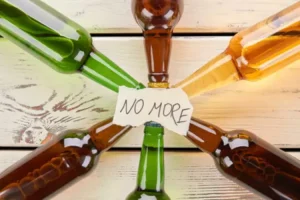
Abuse
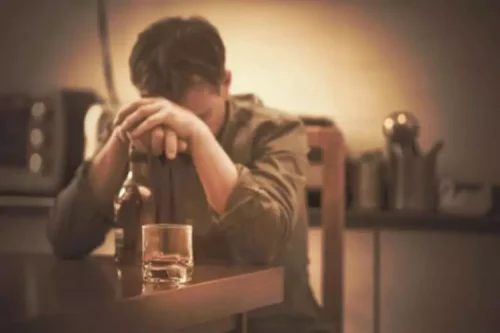
The world’s hectic and frantic nature can make you feel extremely anxious and stressed. Also, this increases the chances of relapsing into your addictive behavior. Luckily, there’s a better way of coping with your daily struggles through meditation, an ancient practice that helps your mind feel calm and relaxed even during traumatic times. No matter your stage, it’s never too late or too early to enter treatment. Individuals at the earlier stages of addiction likely will not need the same intensity of treatment that those in later stages will need.
In chronic conditions like diabetes or asthma, relapse is often expected as the individual and medical personnel work together to determine the treatment that makes it possible to manage the condition. There is sometimes a perception that addiction is something that either exists in a person’s character or does not. This idea can lead to a belief that a person who is struggling with a substance or alcohol addiction may have had one drink or tried an illicit drug one time and immediately became addicted. At this point, your body is so used to consuming your chosen substance that it requires it to function properly.
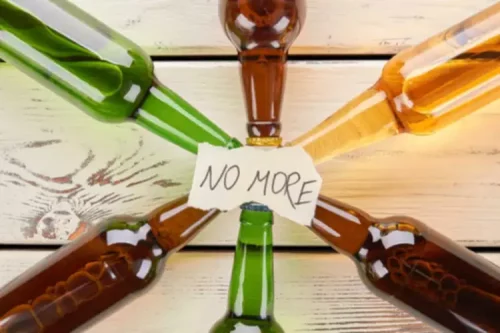
Finding Support
Education and awareness are tools for preventing relapse and breaking the cycle of addiction. Learn to recognize the signs of addiction and what to do if you or a loved one begins to fall into addictive patterns. Surges of dopamine in the brain’s reward circuit cause repetition of behavior. As a person continues to use substances, the brain adapts by reducing the ability of cells in the reward circuit to respond to it.
Addiction Treatment Levels of Care
People struggling with addiction often feel like they are trapped, unable to control their urges despite the harm they may be causing themselves or others. Even when someone recognizes their problem, stopping can feel nearly impossible without the right support. Research suggests that genetics can account for about 40% to 60% of the susceptibility to addiction. This means that individuals with a family history of addiction are at a higher risk, as they may inherit genes that predispose them to substance use disorders. The addiction cycle is a relentless loop that ensnares individuals, drawing them deeper into a world of severe substance use and emotional upheaval. It often kicks off innocuously—perhaps with a teenager succumbing to peer pressure at a high school party, taking their first sip of alcohol to fit in or seem older.
- Tolerance is an early indicator of both physical and psychological dependence, as a person must use more to reach the same level of intoxication.
- Many young people are initiated into drug and alcohol use this way, as they are encouraged to try it out so that they could be with the crowd and not looked at as someone who could not be trusted.
- Daily users may rotate through the cycle of addiction daily or several times throughout the day.
- It depends on the individual, but some people feel guilt immediately after drinking or using.
At this stage, the substance is often used in social situations or to cope with stress or emotional pain. The effects may feel pleasurable or provide temporary relief, which can create a sense of wanting to experience those feelings again. In some cases, the first use is recreational and does not immediately lead to addiction. However, for some individuals, this first experience marks the beginning of a downward spiral into substance abuse.
